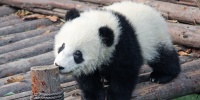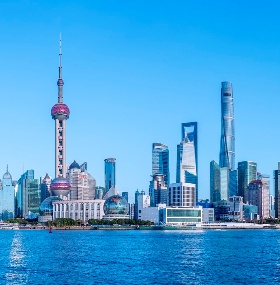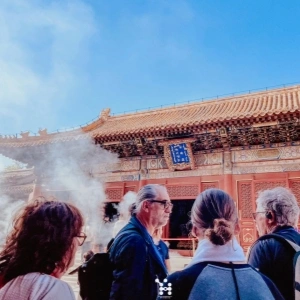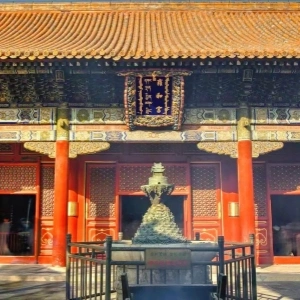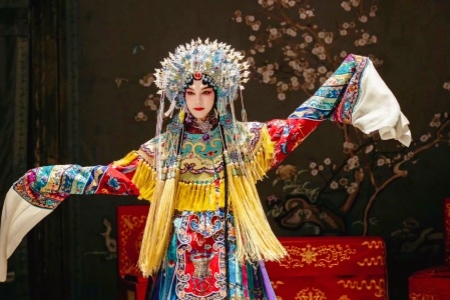Not being a hero without visiting the Great Wall ", but facing more than ten sections of the Great Wall within Beijing, many tourists suffer from difficulty in choosing. Which section is most suitable for your travel needs, the beauty of Mutianyu, the magnificence of Badaling, and the steepness of Simatai? This article conducts in-depth comparisons from four dimensions: landscape, pedestrian flow, culture, and facilities, based on the firsthand experience of travelers.
{tour-id-1811700957664755713}
1、 Historical background: whose story is more profound?
Mutianyu: It was first built during the construction of the Great Wall by the famous general Xu Dabei in the early Ming Dynasty. It is an important pass of the "North Gate of the Capital" in the Ming Dynasty, and the Zhengguantai still retains Ming Dynasty cannons to this day.
Badaling: The Ming Dynasty's "Chang'an Guest Talks" referred to it as the "key to the north gate" and it was a strategically important location for military strategists throughout history. The existing "Wangjing Stone" was named after Qi Jiguang during his garrison.
Simatai: It was first built in the early years of the Hongwu reign of the Ming Dynasty and is known for its "danger, secrecy, uniqueness, ingenuity, and completeness". It is the only section of the Great Wall that retains the original appearance of the Ming Dynasty.

2、 Landscape features: Which section of the Great Wall is easier to take beautiful photos of?
Mutianyu: The enemy towers are densely packed (23 passes), the mountains are blooming with flowers in spring, and the forests are dyed in autumn, making it suitable for capturing the same frame of "The Great Wall and the Sea of Flowers".
Badaling: Located at an altitude of 888 meters on the north eighth floor, it offers a panoramic view of the "Qinglong Inverted Water Absorbing" landform. In winter, when covered in snow, it winds like a giant dragon.
Simatai: The single-sided wall of the enemy building has a rare shape. Building 19, known as the "Fairy Building," is built against the cliff and is a secret realm for photography enthusiasts to chase after the "Great Wall of the Starry Sky.
3、 Tourist experience: Where is more suitable for parents/elderly people?
Mutianyu: The cable car goes directly to the 14th enemy building, and the trail is gentle, suitable for taking the elderly and children on a light hike. The restaurants in the scenic area offer simple Chinese and Western meals.
Badaling: Ground cable car and aerial cable car are optional, but some steps in the north building are steep and baby strollers need to be stored. It is recommended to choose the south line.
Simatai: Climbing must be done by cable car or hiking, and some sections require both hands and feet, making it more suitable for teenagers and outdoor enthusiasts.
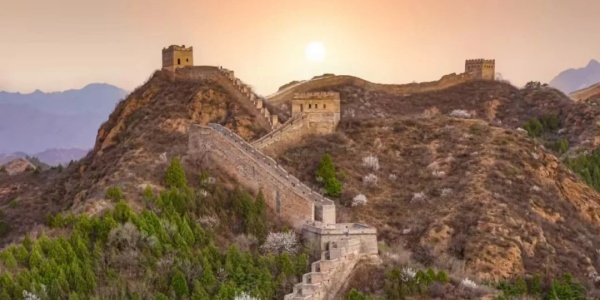
4、 Crowd density: How to avoid overcrowding?
Mutianyu: Foreign tourists account for over 40% of the total. It is recommended to avoid the peak hours of 9:00-11:00 during holidays and choose the No. 14 enemy building for a reverse tour to the west.
Badaling: During peak season, the daily average number of tourists is over 30000. It is necessary to make a reservation 7 days in advance, and visitors can enjoy a "private booking" experience when entering the city after 4:00 pm during off peak hours.
Simatai: Due to inconvenient transportation, there are only 2000 people per day, and the night tour period (17:30-20:00) is limited to 500 people. Tickets need to be purchased in advance.

5、 Convenient transportation: Who is easier to reach?
Badaling: High speed trains, buses, and tourist routes can all be directly accessed, but tickets for the S2 line's "small trains" need to be rushed during peak seasons.
Mutianyu: You need to take Bus 916+H23/H24 from Dongzhimen, or charter/join a group (2-hour drive).
Simatai: You need to first go to Gubei Water Town and then take the scenic area shuttle bus (self driving requires advance reservation of parking space).
{tour-id-1811694421114576897}
Related Posts
Create Your Customized Trip
Take about 2 minutes to fill the form to tell us how you like to travel, and get a reply within 1 working day.

